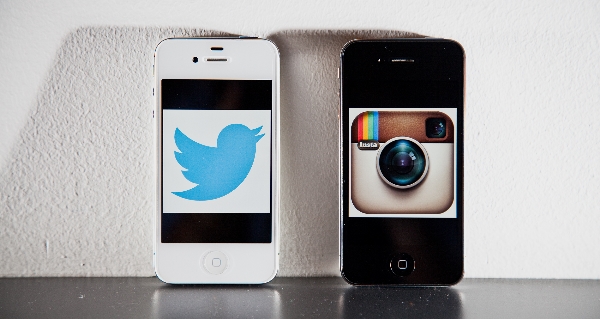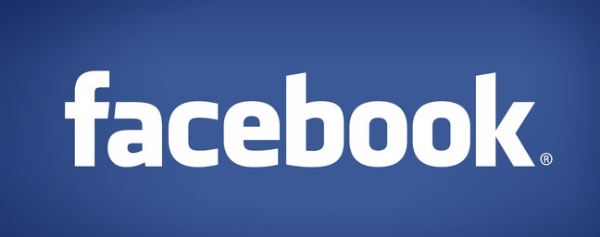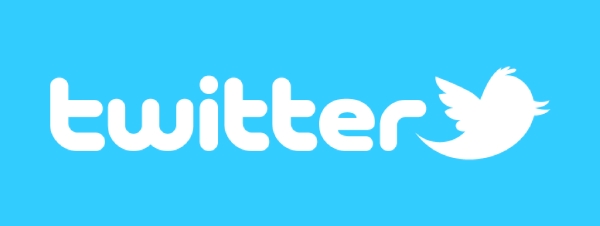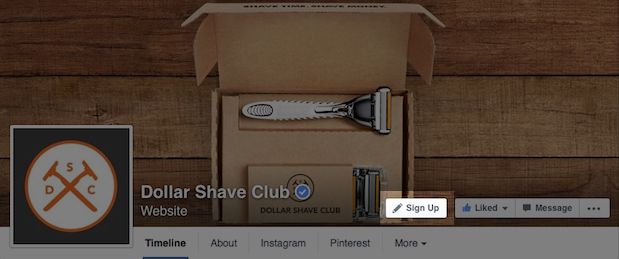![]() Pay-per-click (PPC) advertising is still relatively new and many business owners are still hesitant about investing their limited resources into an advertising system they are unfamiliar with. But, there are countless reasons you should make the jump.
Pay-per-click (PPC) advertising is still relatively new and many business owners are still hesitant about investing their limited resources into an advertising system they are unfamiliar with. But, there are countless reasons you should make the jump.
PPC advertising has proven itself time and time again as a means of driving real results for all types of brands across all industries, but it also offers several other benefits lacking in other ad formats.
Compared to other ad formats, PPC gives you a whole new level of control and visibility. That means you can finally feel like you hold the reins on your online advertising. Combine that with a professional to help guide you through the dangers of PPC and you have a surefire combination.
If you still aren’t sure, consider these five reasons PPC advertising is worth your time:
- You only pay when real people show interest. One of the best parts of PPC is being able to always know exactly where your dollars are going and you only pay when an interested party clicks on the ad. That’s starkly different from most traditional advertising strategies, where you spend money with the hope your demographic engages with the ad.
- You set the budget and control the costs. PPC is amazingly flexible and can be made to suit your needs, no matter what they are. You can set the budget to your needs, including putting a cap on daily spending. Of course, the more you invest the more you get back. But, you can at least get your foot in the door and see some engagement with limited investment.
- You reach your target at the best time with the right ad. PPC allows you to target a certain type of person in a specific place at a specific time with a specific ad in a simple and easy to manage manner. With full customization of who you are reaching out to, you get to decide who sees your message and when, allowing you to deliver specific messages to your consumers at just the right time.
- You can see results in just a short time. Traditional optimization and other organic online marketing can have a huge impact, but they take lengthy periods of time to gain momentum before their effect is obvious. In comparison, PPC is downright speedy. You can see results beginning to take shape the day after your ad runs and make changes to your strategy as soon as problems pop up.
- You can use PPC to improve your other marketing channels. The information you get from PPC can inform all other aspects of marketing, such as which keywords are improving, which products are getting the most response, or to promote niche events that often wouldn’t gain attention on other platforms. If you want to refine your marketing, chances are you will find useful data in your PPC reports.

 Many celebrities and popular internet figures were shocked last week when they lost thousands upon thousands of followers in the Instagram Rapture. It shouldn’t have been such a surprise, as Instagram gave warning they would be deleting fake and spammy accounts, but the purge of useless accounts still caused an uproar across the social network.
Many celebrities and popular internet figures were shocked last week when they lost thousands upon thousands of followers in the Instagram Rapture. It shouldn’t have been such a surprise, as Instagram gave warning they would be deleting fake and spammy accounts, but the purge of useless accounts still caused an uproar across the social network.



 Despite
Despite 






 Over the past few years, search engine optimization (SEO) has endured a drastic shift from focusing on building link profiles filled with as many links of any quality that you could accumulate to emphasizing the value sites offer to users by assessing content quality. Of course, as the shift has occurred many online marketers were left wondering “what exactly is quality content and how do search engines judge my content?”
Over the past few years, search engine optimization (SEO) has endured a drastic shift from focusing on building link profiles filled with as many links of any quality that you could accumulate to emphasizing the value sites offer to users by assessing content quality. Of course, as the shift has occurred many online marketers were left wondering “what exactly is quality content and how do search engines judge my content?”

